Downy birch (DBI)
Downy birch is one of two native birches in Britain and was historically an important source of wood for fuel, charcoal and small wood products, particularly wooden bobbins. It was not seen as a timber tree and the increased use of plastics saw it fall out of general use. There is increasing interest in the potential for birch as a productive forest species.
Downy birch is a pioneer species and early seed producer and can regenerate and spread rapidly in suitable conditions. Birch woodlands (B. pendula and B. pubescens) cover c 240,000 or c 18% of Britain’s broadleaved woodland cover. They are our most frequent woodland species either as a component or as nearly pure stands.
Unfortunately, birches are still considered a weed by most foresters and often an invasive by ecologists particularly on lowland heaths. There is a growing understanding of the silvicultural requirements of birch and its potential to play an important role in future forestry.
Downy birch is a native tree and is categorised as a Principal tree species. Our silvicultural knowledge of these species provides confidence in their successful deployment across Britain. They are either already widely used or are increasing in usage. They will continue to be important unless they prove vulnerable to a new pest or disease, or they are adversely affected by climate change.
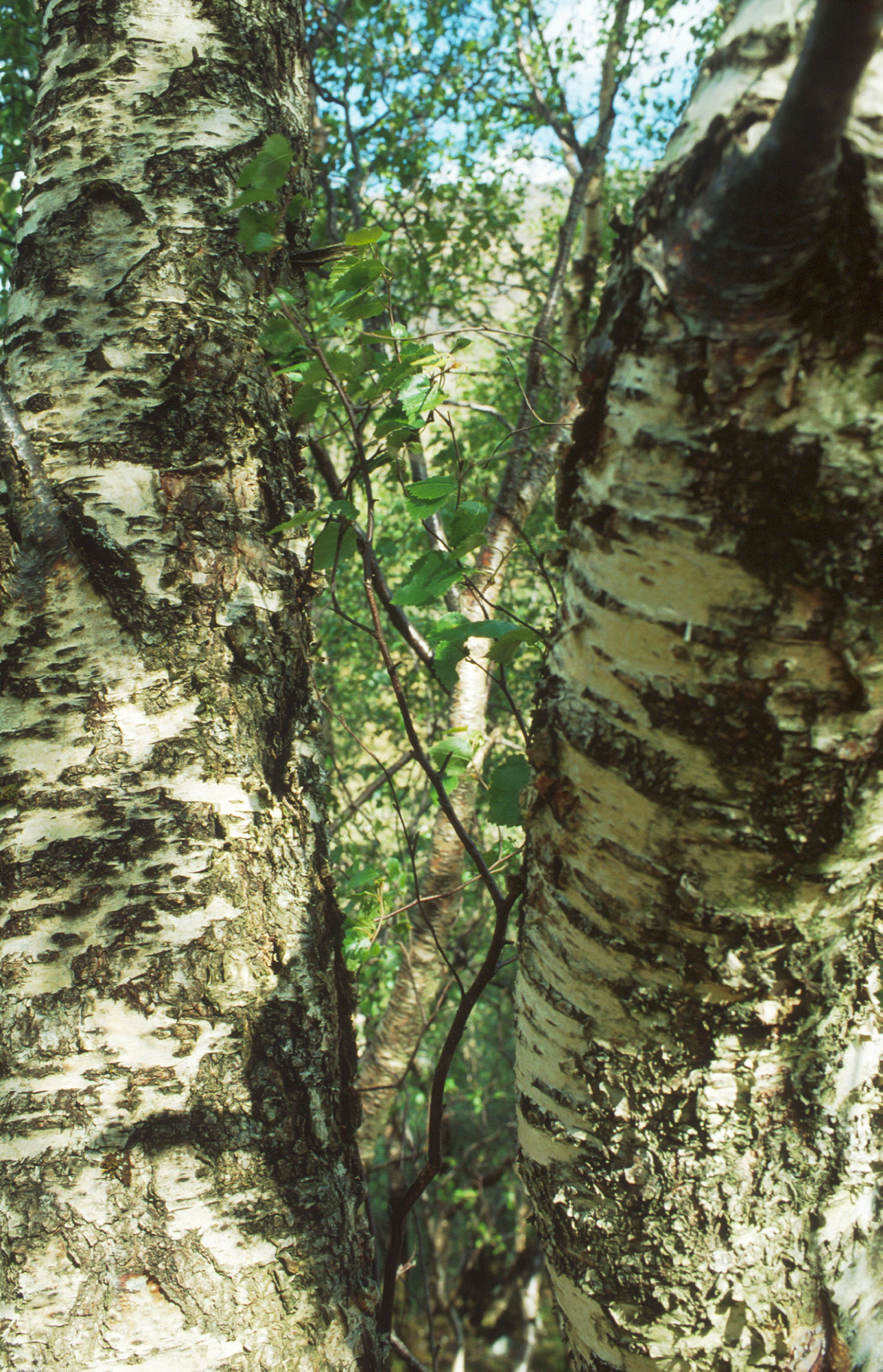
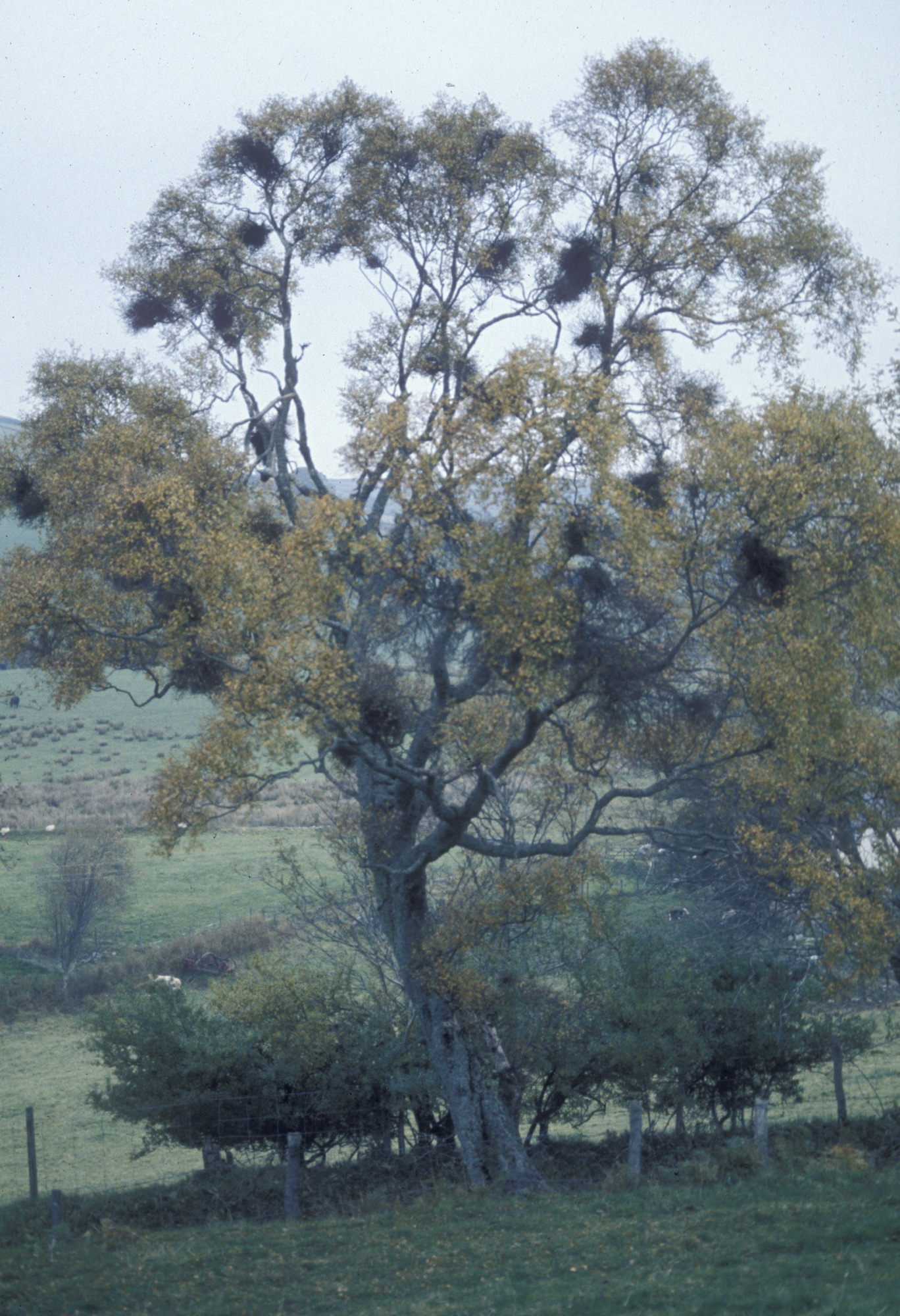
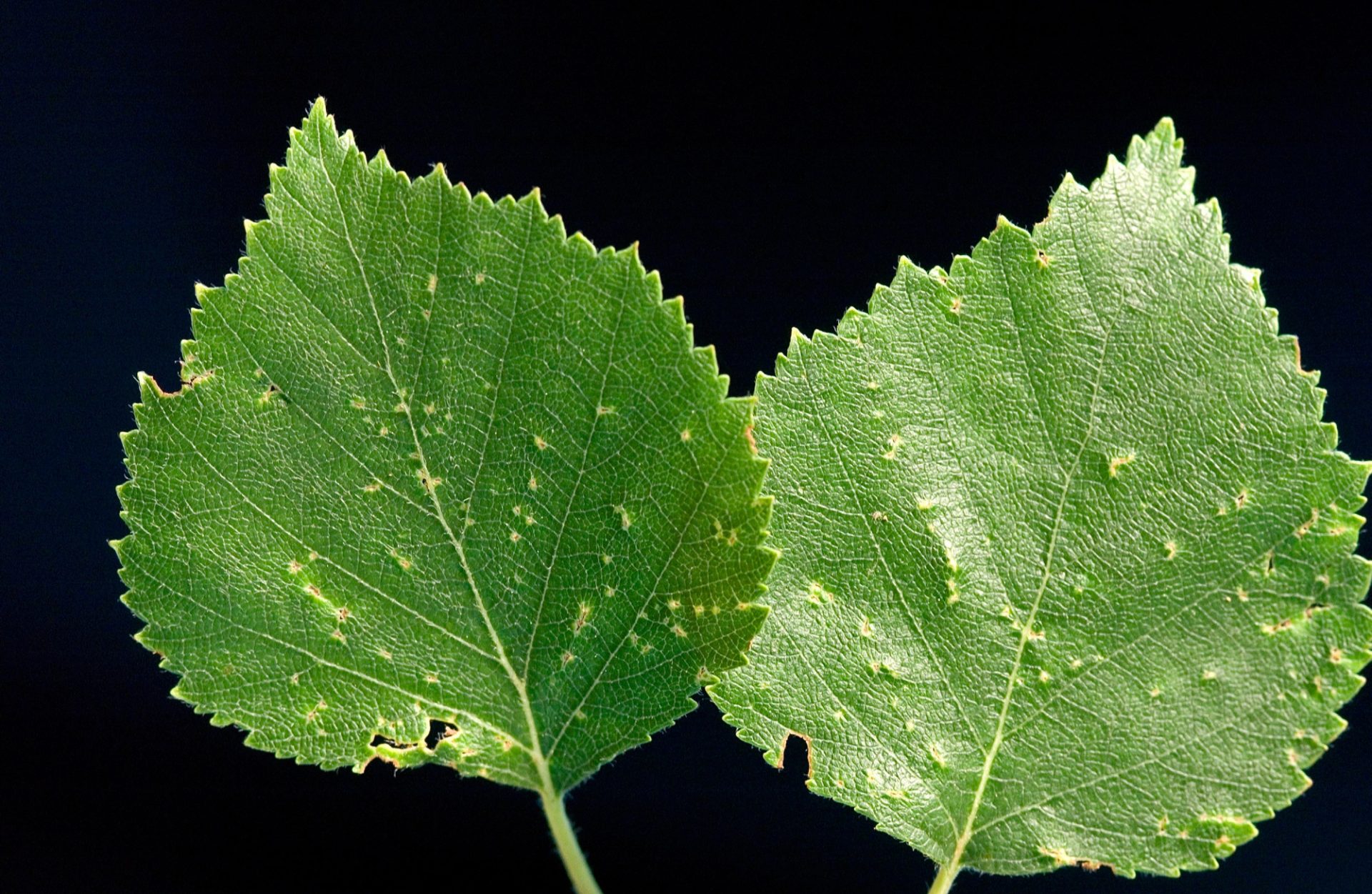

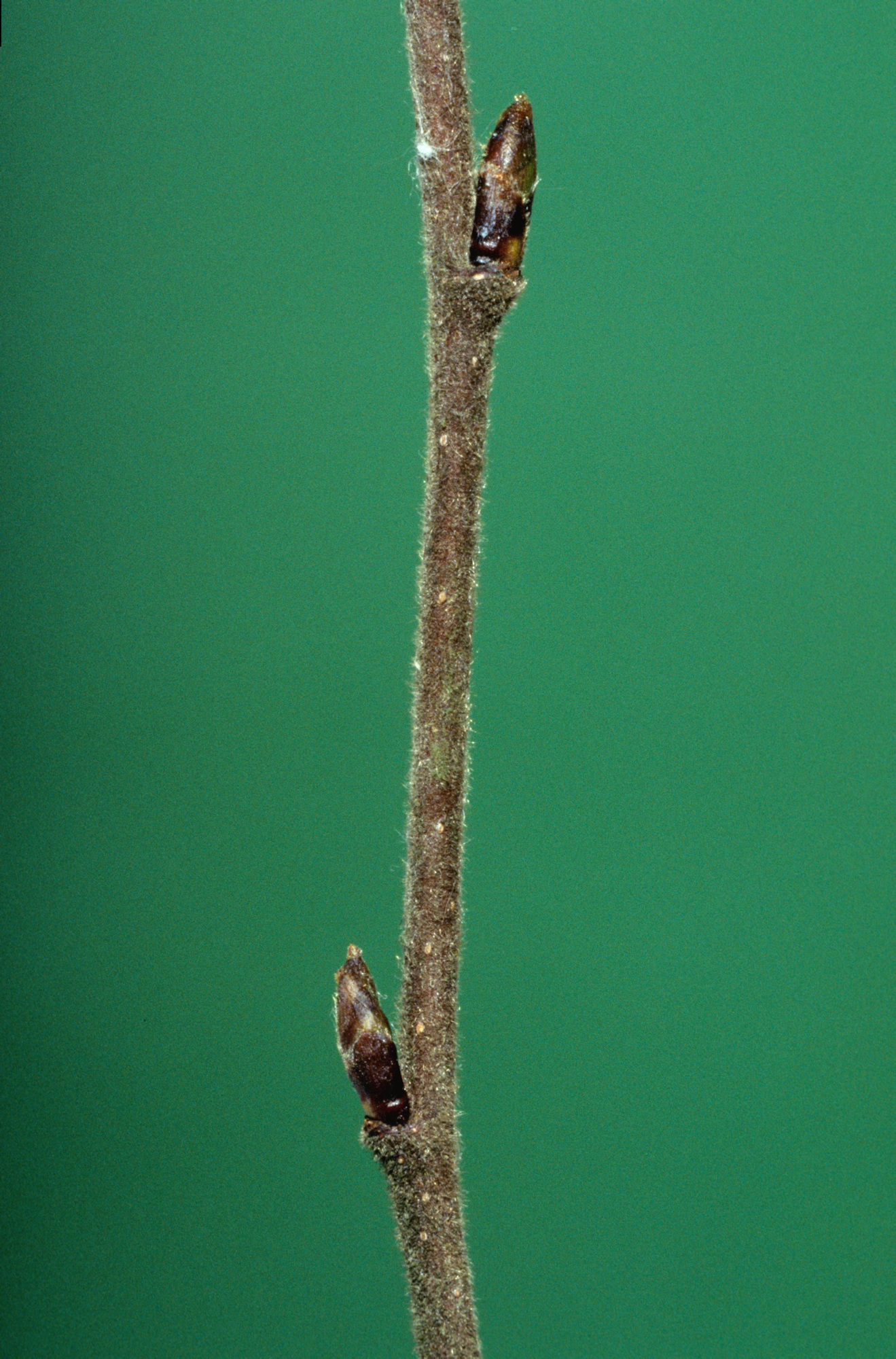
Range
Native to all parts of the British Isles and found across northern and central Europe extending into northern Asia. Tends to occur in more western and upland parts of Britain than silver birch.
Provenance Choice
British seed sources of good form should be preferred. Breeding programmes with this species are less advanced than with silver birch and no improved material is yet available.
Site Requirements
A light demanding pioneer species with moderate early height growth which is frost resistant and windfirm. Found on moister soils of very poor to medium nutrient status and it is one of the broadleaved species that can grow on peaty soils.
Further detail on the site requirements of downy birch in current and future climates can be examined using the Forest Research Ecological Site Classification Decision Support System (ESC).
ECOLOGICAL SITE CLASSIFICATION TOOL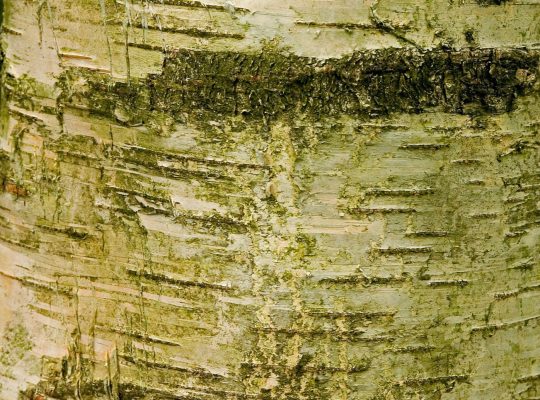
Silviculture
On equivalent sites downy birch tends to be slower growing and have poorer stem form than silver birch. There have been few silvicultural investigations of downy birch in Britain. The commonest aim of management will be to produce small roundwood (e.g., firewood, pulpwood) with limited inputs. This can involve natural regeneration, supplemented by planting where necessary, to provide a stocking density of about 2500 stems ha-1. Both bare-root and containerised seedlings make satisfactory planting stock, although taller seedlings may have a poor shoot:root ratio. Good weed control is essential for satisfactory establishment which should continue until the leading shoots are above any competing vegetation. Protection from browsing is also needed to ensure good stem form. Once established, respacing of any dense regeneration may be required to bring stocking down to the target density.
After establishment, canopy closure can occur by 20 years after which one or two limited thinning operations can be conducted to remove the poorest stems. This will result in a rotation of 50-60 years before felling, although selected trees could be maintained for longer. Yield classes of 4-6 are usual, and the tallest trees are around 20 m. Downy birch will coppice after felling, but this is less profuse than in other broadleaves. Like silver birch, downy birch starts to produce seed from about 15 years of age and good seed crops can be expected almost every year thereafter.
Although often found in pure stands, downy birch will also grow in mixture with various conifers and broadleaves, and it frequently colonises restocking sites in upland forests. However, after canopy closure it will be outcompeted by the faster growing conifers so that sizable groups are needed for the long-term survival of downy birch in mixture.
Pests and Pathogens
Widespread and gradual dieback of birch occurs in some areas, especially in young trees 5-10 years after planting. Rust pathogen Melampsoridium betulinum is considered important on birch in several European countries, associated with retarded height growth and increased mortality. Provenance and environmental conditions play a role in infection levels.
On silver birch two canker fungi are particularly associated with the dieback – Discula betulina and Marssonina betulae. Provenance may be a key factor in determining susceptibility to these diseases, although climatic variables also play a part. Betula is also rated as very susceptible to Armillaria root rot (honey fungus).
Full Properties
See our other tools and resources
Further Resources
External
In addition to the general sources of information for species the following are useful for downy birch.
Cameron, A.D. (1996) Managing birchwoods for the production of quality timber. Forestry, 69, 357-371.
Hynynen, J., Niemistö, P., Viherä-Aarnio, A., Brunner, A., Hein, S. and Velling, P. (2010) Silviculture of birch (Betula pendula Roth and Betula pubescens Ehrh.) in northern Europe. Forestry, 83, 103-119.
Worrell, R. 2023 Birch Woodland Management Handbook. 2nd Edition. Future Trees Trust, 90pp.




